Welcome to the Ngorongoro Crater, one of Africa’s most extraordinary natural wonders and a designated UNESCO World Heritage Site. Often called the “Eighth Wonder of the World,” this immense volcanic caldera boasts breathtaking landscapes, incredible wildlife diversity, and a sense of timeless beauty. Join Leen Adventures on an unforgettable journey into this ancient natural sanctuary — where lions, elephants, rhinos, and countless other species roam freely within one of the most remarkable ecosystems on Earth.
Formed over two million years ago after the collapse of a massive volcano, the Ngorongoro Crater is the world’s largest intact caldera, spanning approximately 260 square kilometers and encircled by walls rising up to 600 meters high. This natural amphitheater creates a self-contained paradise teeming with wildlife, including the Big Five, numerous bird species, and vibrant wetlands. Its fertile plains, lush forests, and shimmering soda lake support over 25,000 large mammals, making it one of the most densely populated wildlife areas in Africa.
Beyond its natural beauty, Ngorongoro holds deep cultural significance. It lies within the Ngorongoro Conservation Area (NCA), a protected region that harmoniously integrates wildlife conservation with Maasai pastoralist communities. Visitors can witness the coexistence of ancient traditions and modern conservation efforts, making Ngorongoro not just a safari destination — but a living cultural landscape that bridges nature and heritage.
Located in northern Tanzania, Ngorongoro Crater forms part of the larger Ngorongoro Conservation Area, adjacent to Serengeti National Park. It’s celebrated for its rich wildlife diversity, scenic views, and Maasai cultural heritage.
Geographic Size
260 km² (Crater floor)
Mammal Species
100+
Best Time to Visit
All year round
Yes (since 1979)
Most Famous For
World’s largest unbroken volcanic caldera and Big Five sightings

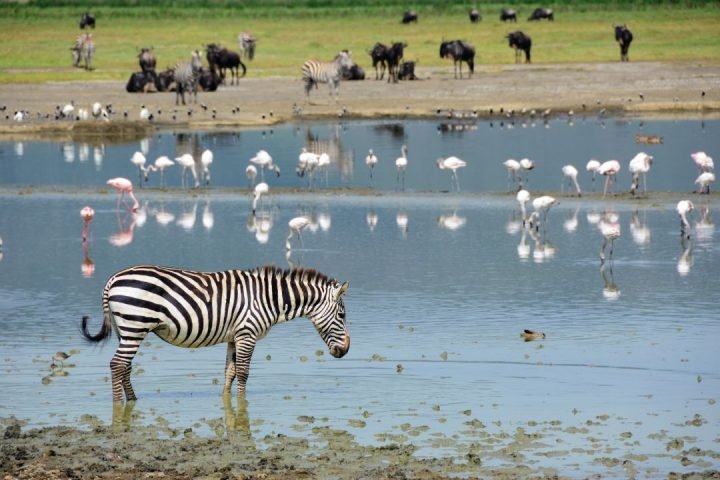
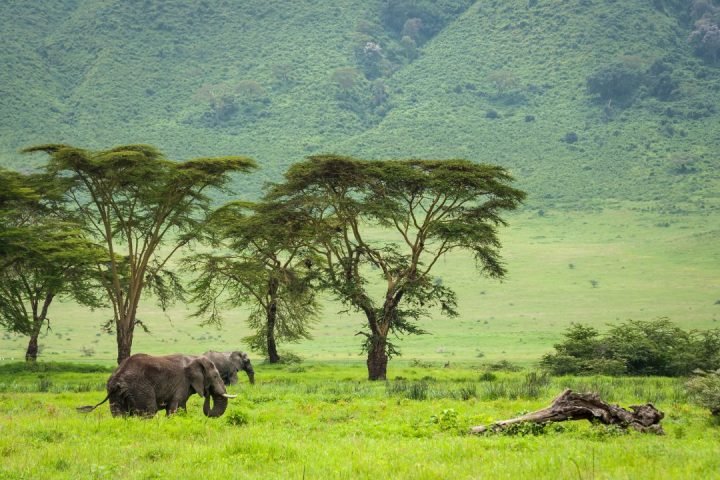
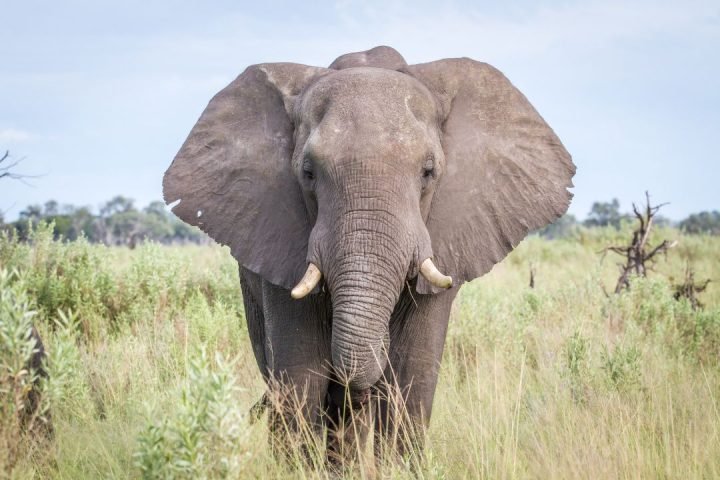
3. Lake Magadi (Soda Lake):
This shallow alkaline lake in the center of the crater attracts large flocks of flamingos and other waterbirds. The lake’s shimmering surface reflects the crater walls, creating a stunning backdrop for photography.
4. Swamps and Marshes:
Located near the Gorigor and Mandusi swamps, these wetlands are vital for hippos, elephants, and birdlife. During the dry season, they serve as crucial water sources for animals, ensuring year-round wildlife activity.
5. Highland and Crater Rim Forests:
The crater rim is covered with thick montane forest that provides habitat for bushbucks, baboons, and diverse bird species. From here, breathtaking viewpoints offer panoramic vistas of the entire caldera below.
Wildlife and Birds of Ngorongoro
Ngorongoro is often described as an “African Eden” for its incredible density of wildlife within a confined area. The crater is home to all members of the Big Five—lion, leopard, elephant, buffalo, and black rhino—making it one of the few places in Africa where they can be spotted in a single day. Other common species include wildebeests, zebras, hippos, gazelles, jackals, hyenas, and serval cats. The lush environment supports year-round grazing, attracting thousands of herbivores and the predators that follow them. With minimal migration, the crater offers consistent wildlife viewing throughout the year.

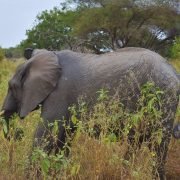
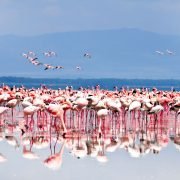

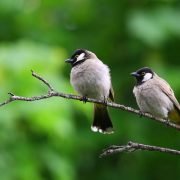
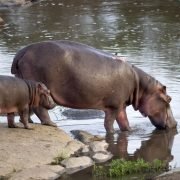
With over 500 recorded species, Ngorongoro is a birdwatcher’s paradise. Lake Magadi draws flamingos, pelicans, and avocets, while the forested rim shelters turacos, sunbirds, and eagles. Grassland species such as kori bustards and ostriches are easily spotted on the crater floor. Migratory species visit between November and April, adding seasonal variety to an already rich avifauna.
Ngorongoro’s high elevation (2,200–2,400 meters above sea level) gives it a mild, temperate climate.
Dry Season (June–October): Clear skies, cooler temperatures, and ideal conditions for game drives.
Wet Season (November–May): Lush green landscapes, calving of animals, and fewer tourists.
Daytime temperatures average around 20°C, dropping significantly at night, so warm clothing is recommended for early morning game drives.
Ngorongoro Crater FAQs
More Facts